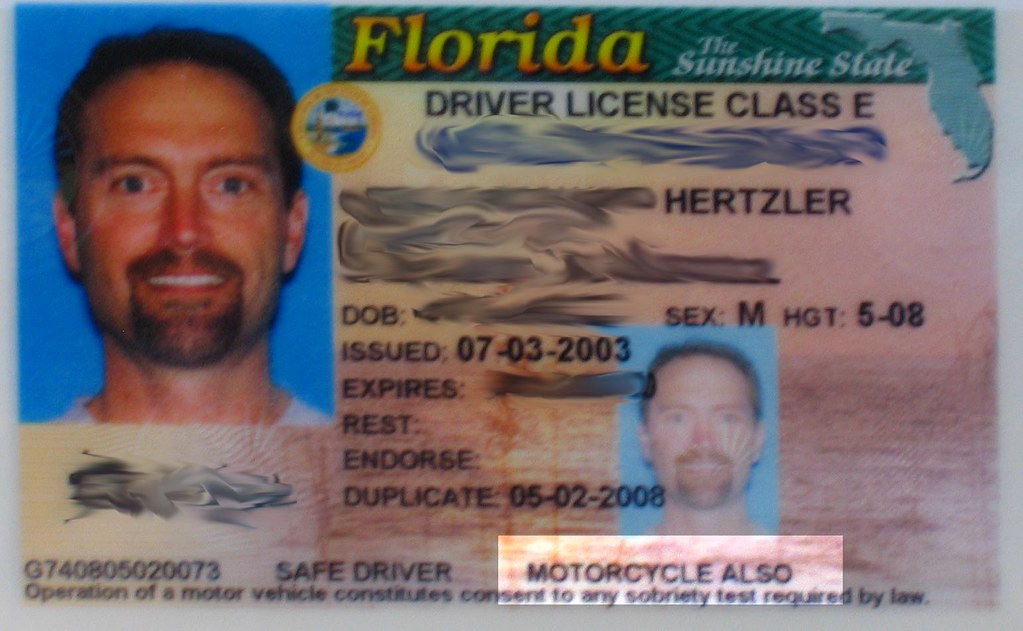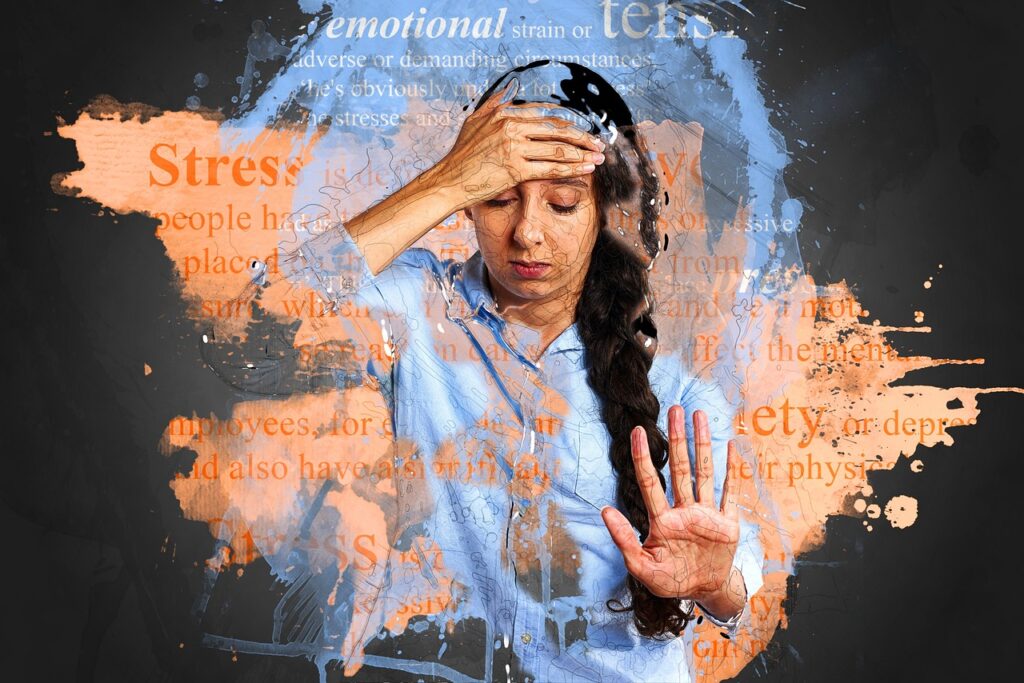There’s a unique sense of freedom that comes with riding a motorcycle—the wind in your hair, the road stretching out before you, and the thrill of the engine’s roar beneath you. It’s an experience that many yearn for, and the first step to achieving this dream is obtaining your motorcycle license. But as many aspiring riders know, the path to that coveted endorsement can be fraught with challenges, from nerve-racking DMV tests to the conundrum of not having a motorcycle for the riding test. Fear not, for I’m here to guide you through the twists and turns of getting your motorcycle license, making the journey as exhilarating as the destination itself.

Preparing for the Motorcycle License Test
The Motorcycle Safety Foundation (MSF) is your golden ticket to riding success. Established in 1973 and backed by the leading motorcycle manufacturers, the MSF is a beacon for beginners, offering nationwide classes that are more than just a learning experience—they’re your rite of passage to the open road. Over a weekend, you’ll immerse yourself in riding theory and practical skills in a controlled environment, and by passing the MSF’s test, you’ll demonstrate your prowess to the DMV. The cost, ranging between $150 and $300, is a small price to pay for the significant reduction in crash risks and the confidence it instills. Just remember to gear up with the essentials: a helmet and protective clothing are your armor against the unpredictable.
Let’s shift gears and talk about the kinds of motorcycles that are best for beginners. It’s all about finding the right fit—literally. Your first bike should be one where your feet can touch the ground firmly and comfortably. Starting with a used bike is a smart move since it’s almost a rite of passage to tip over your motorcycle at least once. And let’s be honest, even the pros have their moments, especially with taller, heavier machines.
What if I told you there’s a secret weapon that can make the DMV riding test a breeze? Enter the scooter. Yes, you heard that right. In many states, you can take the motorcycle test on a scooter, and it’s a game-changer. No gears to shift, a smaller size, and a lower stance make scooters the perfect ally for conquering the tight courses of the riding test. Just ensure the scooter has an engine size over 150cc and is registered as a motorcycle—no electric scooters allowed here.
As you prepare for test day, it’s crucial to check with your local DMV for specific requirements, as they can vary by state. For those dusting off their riding skills or relocating to a new state, consider a track class to refine your abilities in a safe setting. It’s an excellent way to reduce accident risks and perfect those cornering techniques.
How hard is it to get your motorcycle license? With the right preparation and resources, it’s a challenge that’s well within your grasp. The riding part of the DMV test is your chance to showcase your control and safety on two wheels, while the written test requires a study buddy in the form of the DMV motorcycle test guide. Embrace the study grind, and remember, perseverance is key—you can usually retake the test a few times for free.
Dealing with long lines at the DMV can be a test of patience, but there are strategies to mitigate the wait. Showing up during lunchtime without an appointment can be surprisingly effective, as I discovered during my California DMV motorcycle test. Alternatively, Google Maps can be your secret weapon for finding the least busy times at your local DMV.
Once you’ve triumphed over the tests and earned your motorcycle license, it’s time to celebrate with a motorcycle rental from Riders Share. While new riders may need to wait before renting, this ensures you’re ready for the adventure ahead. Riders Share offers a plethora of motorcycle rental options across the country, allowing you to explore different models and embark on memorable road trips.
Remember, the journey doesn’t end with your license. Continue taking classes to become a better and safer rider. Riders Share now offers Experiences that include everything from MSF classes to cornering and even wheelie classes. For example, check out Riders Share Experiences in Los Angeles to keep your skills sharp and your passion for riding ignited.
Getting your motorcycle license is like learning to ride itself: it requires balance, focus, and a dash of daring. With the MSF as your foundation, a scooter as your secret weapon, and the right mindset, you’ll not only pass the DMV tests but also join the ranks of the riding elite. So rev your engines, future riders, because the road awaits, and it’s more accessible than you might think.
Navigating the DMV: Tips and Tricks for Motorcycle Licensing Success
Securing your motorcycle license is a journey that varies for everyone, depending on how prepared you are and the specific challenges of both the driving and written DMV tests. Yet, with the right resources and mindset, it’s an entirely achievable goal. Let’s dive into some insider tips and tricks that can help you navigate the DMV with ease and come out with your motorcycle endorsement in hand.
Let’s tackle the elephant in the room—the DMV itself. It’s no secret that the DMV can be a daunting place, with its long lines and seemingly endless paperwork. But fear not! There are strategies to help you mitigate the wait and streamline the process. One such strategy is to show up without an appointment during lunchtime. It may sound counterintuitive, but it’s often less crowded then. This was a little nugget of wisdom I gleaned from my own experience with the California DMV motorcycle test. Alternatively, you can use Google Maps to determine the least busy times at your local DMV, planning your visit accordingly.
Moving to the riding part of the motorcycle DMV test. This is your moment to shine, to demonstrate your control and safety on two wheels. It evaluates your ability to perform essential maneuvers, such as navigating curves and stopping quickly. Success in this test is a testament to your dedication and practice. It’s the practical application of the skills you’ve honed through training or experience. Remember, it’s proof that with commitment, even the most nerve-racking parts of the test can be mastered.
As for the written part of the motorcycle DMV test, it’s often seen as tougher than the car test. But don’t let that intimidate you. There’s a DMV motorcycle test guide that’s chock-full of everything you need to know. Make this guide your study buddy, and you’ll be well on your way to acing the test. The online tool is also a great resource to prep with. If you’ve paid attention in the MSF course, the written test might even feel easier, thanks to its deep dive into theory.
It’s important to note that motorcycle test questions differ greatly and vary by state. My own journey saw me passing on my first try in Texas but stumbling twice in California. The lesson here? Embrace the study grind, especially if you’re tackling the test in a new state. And if at first you don’t succeed, most places let you retake it a couple of times for free, so perseverance is key.
Once you’ve passed your tests and earned your motorcycle license, it’s time to celebrate—and what better way to do that than with a motorcycle rental from Riders Share? While new riders may need to wait a bit before they can start renting, this pause ensures you’re fully prepared for the experience ahead. Riders Share offers a wide range of motorcycle rental options all around the country, giving you the chance to find the ride that’s right for you.
The journey doesn’t end with your license. You can continue taking classes to become a better and safer rider. Riders Share now offers Experiences that include everything from MSF classes to cornering and even wheelie classes. For instance, Riders Share Experiences in Los Angeles are a fantastic way to keep your skills sharp and your passion for riding ignited.
Getting your motorcycle license might seem like a daunting task, but with the right approach and resources, it’s a challenge that’s well within your grasp. Use a scooter to simplify the DMV motorcycle test, check with your local DMV for specific requirements, and refresh your skills with a track class if needed. Remember to embrace the study grind for the written test and don’t be discouraged by setbacks. With perseverance and the right strategies, you’ll be cruising on your motorcycle in no time. So gear up, future riders, the open road is calling your name, and it’s ready to be conquered with confidence and a sense of adventure.
Related posts:
The Global Entry Program – 21 Frequently Asked Questions [2024]
Get ready – California’s electric bicycle driver’s license bill is here
DMV Suspended License Reinstatement – How to do it





